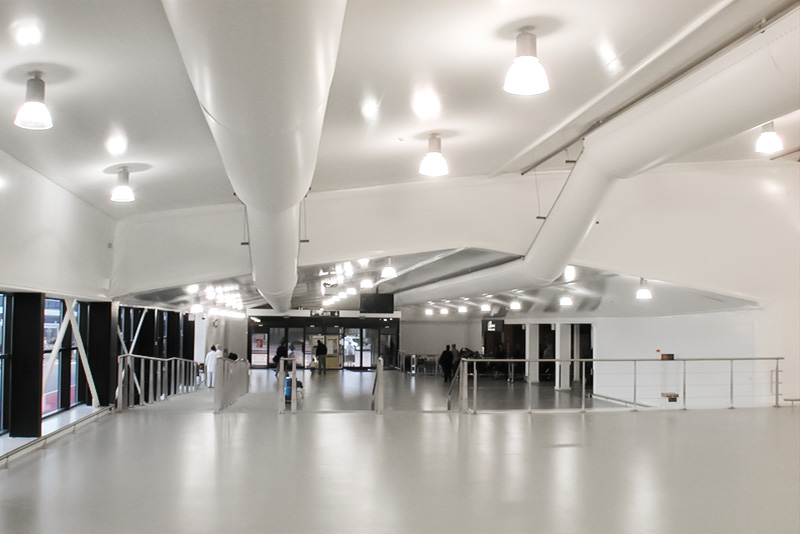When evaluating the energy-saving benefits of Circular Fabric Ducts compared to traditional metal ducts, it's essential to understand how each system operates and the specific efficiencies that fabric ducts offer. Circular Fabric Ducts, an innovative solution that has gained traction in various industries, provide several compelling advantages over their metal counterparts.
One of the primary energy-saving benefits of Circular Fabric Ducts lies in their superior airflow management. Unlike metal ducts, which often rely on traditional diffusers that can create uneven air distribution and turbulence, fabric ducts use micro seepage or micro porous technology. This design allows for a more even dispersion of air throughout the space, ensuring that every area receives a consistent and comfortable airflow. By eliminating hotspots and cold zones, fabric ducts reduce the need for excessive heating or cooling, leading to significant energy savings. The even distribution minimizes the strain on HVAC systems, which can otherwise work harder to compensate for inefficient airflow, thereby consuming more energy.
Additionally, the material properties of Circular Fabric Ducts contribute to their energy efficiency. Fabric ducts are crafted from lightweight polyester that has excellent thermal insulation properties. This insulation reduces the potential for heat loss or gain within the duct, which can be a common issue with metal ducts that often require additional insulation to prevent condensation and maintain temperature. The anti-condensation feature of fabric ducts means that there is minimal temperature difference between the air inside and outside the duct, further enhancing energy efficiency. This characteristic reduces the need for supplementary heating or cooling to offset temperature fluctuations, thereby lowering energy consumption.

Another significant advantage is the ease of maintenance associated with Circular Fabric Ducts. Metal ducts often accumulate dust and debris, which can obstruct airflow and reduce system efficiency. Fabric ducts, on the other hand, are designed to be easily disassembled and cleaned, allowing for more effective maintenance and longer-lasting performance. Regular cleaning helps maintain optimal airflow and reduces the risk of energy inefficiencies caused by blockages and dirt buildup.
The installation process of Circular Fabric Ducts also plays a role in their energy-saving benefits. Fabric ducts are lighter and more flexible than metal ducts, which simplifies the installation process and reduces labor costs. The quick and straightforward installation means that the HVAC system can become operational faster, potentially leading to immediate energy savings. Additionally, the reduced weight of fabric ducts means that they can be installed in spaces with limited structural support, avoiding the need for additional reinforcement that could otherwise increase overall project costs.
In summary, Circular Fabric Ducts offer significant energy-saving advantages over traditional metal ducts through improved airflow distribution, superior thermal insulation, and easier maintenance. By ensuring even air distribution and reducing temperature fluctuations, fabric ducts help HVAC systems operate more efficiently, leading to lower energy consumption and cost savings. Their lightweight design and straightforward installation further enhance their appeal, making them a compelling choice for energy-conscious building projects.
























 Email: [email protected]
Email: [email protected] Tel: +86-512-63221899
Tel: +86-512-63221899


 English
English Español
Español

